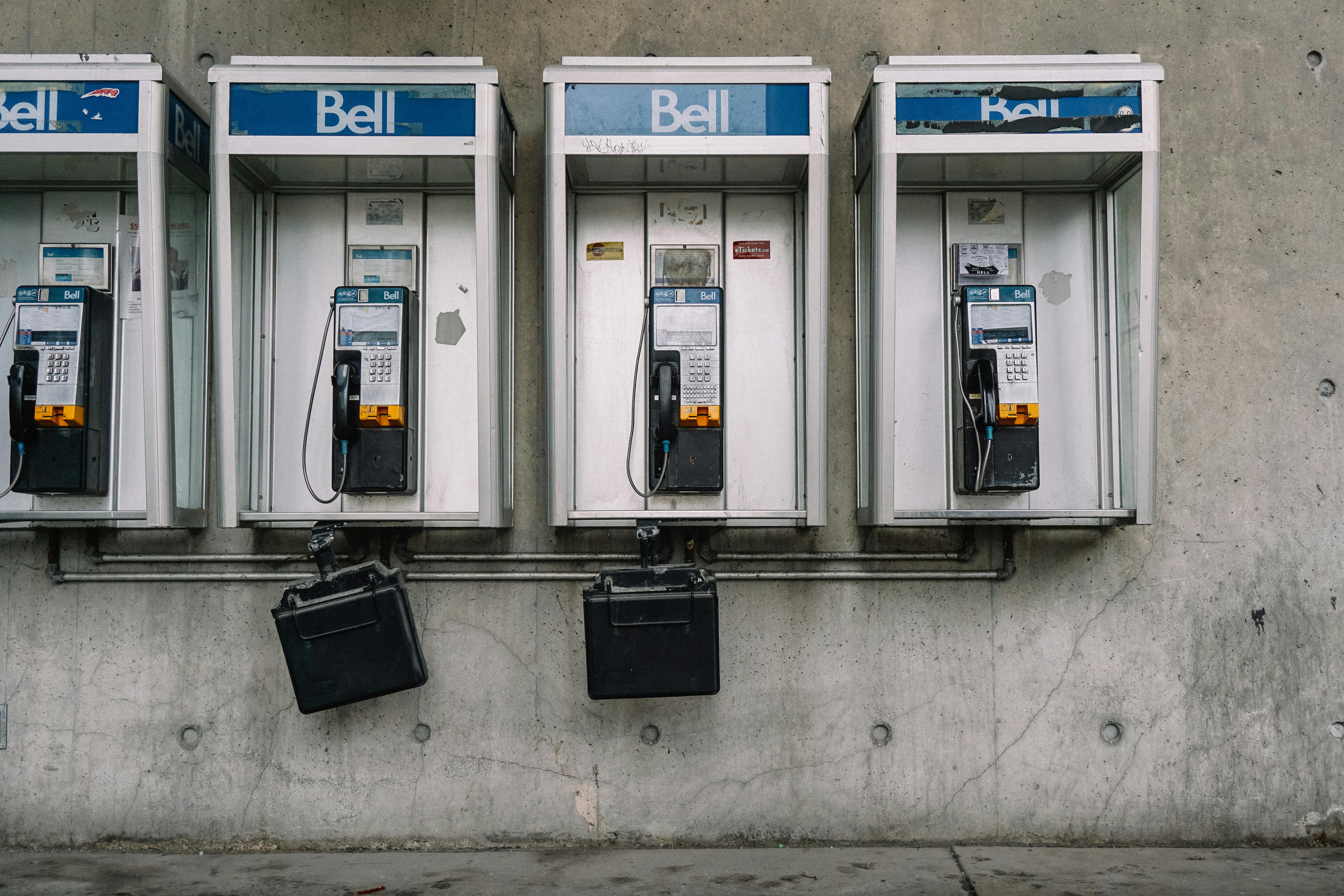Your doll Clothing
I have to be honest here: cleaning the fabric is a huge scary subject, too simple and too complicated at the same time. It’s even trickier because old and / or collectible doll clothes are the way they are (full and fluffy), because the fabric is starched to the max. Starch is Soluble water. Read up on preservation and let common sense be your guide. But here are some useful tools and techniques:
SOFT BRUSH
But not too smooth. Think of this as a little broom for your wrists. An assortment of cheap but NEW brushes will do. Different sizes and if they are not stiff enough, use thick scissors to trim and shorten the bristles a bit.
COMPRESSED GAS
The kind that comes in a can with a long tube / spout and works great for getting potato chip crumbs off the keyboard. It also works on doll clothes. It can be all you need to freshen up a doll’s clothes.
VACUUM CLEANER (hose type)
It’s the same as compressed air, only it goes the other direction. To make it really classy, for delicate fabrics and all, frame yourself and staple the nylon door screen around it. This will involve a trip into hardware store history and a bit of woodworking, but it can’t be helped. If making a frame is beyond you, get a smaller piece of metal screen and fold a few layers of masking tape around the edge. It would be a shame to have neglected this step and ruined something pretty and satin by catching it on a ragged metal end of the screen. If you have skin, and all the best collectors do, duct tape will also make it easier to keep blood inside the skin because these ends are always sharp. Vacuum through this and the buttons and ties will remain on whatever you are cleaning.
SUDS, warm soapy water
Look closely at what I have written, not the water, but the SUDS *. Make yourself a sink full of foam, apply them on the dirty parts of the fabric and apply them with one of your brushes. Vacuum everything again.
MOLD:
Get rid of it by moistening the stain with lemon juice and salt, let it dry in the sun (mold hates the sun). Use the brush and vacuum to remove what is left. If this doesn’t work, try hydrogen peroxide plus sun, but expect it to discolor a bit.
Your doll Hate
Dandruff shampoo won’t do it. Being the way it is on top, the powder tends to settle into the hair of your dolls until it looks good. A toothbrush will remove the dust and what the heck, you will try a new hairstyle! TO do more than this, you better know exactly what you are doing.
Your doll “Skin”
In general, distilled water and swabs won’t hurt anything unless the doll is celluloid. (See below). If this doesn’t work, add a splash of detergent (shampoo). Beyond this, you risk cleaning more than just dirt. Go slow, but try, in order of aggressive solvency …
- Alcohol. If you don’t have a shellac thinner on hand, use vodka. (Seriously, liquor is little more than a mixture of alcohol and water.)
- Paint thinner. Or tag remover, same thing but smells like lemon.
- Lacquer thinner. Only on glazed porcelain and be VERY careful with the painted parts.
* Chris from Bearly Believable Gifts offers this for cleaning stuffed toys (Teddy Bears) and will work for doll clothes too.
I squirt in the sink and then fill it with warm water. I only use the SUDS, not the water itself, and completely rub the foam over the fur with my hands. You really don’t want to get the fur wet, just lather. You can test most fabrics in a small place, but I haven’t had a problem yet. When it is dry, I use a 1 to 2 “brush to” brush “on the bear’s fur. Very simple, this technique also removes most of the oil that floats in the air and clings to the fur.
Chris also suggests that staying in the freezer will kill the allergic dust mites. Finally, he advises not to have stuffed animals in the kitchen, where they absorb oil and kitchen odors. Smart lady!
A BIG RED WARNING LETTER !!!
Vintage plastic (celluloid)
Very old dolls were made of celluloid. Interesting celluloid material, but nothing nice. It was invented in 1856 and was the first plastic to hit the market, largely as a replacement for ivory. It practically fell out of favor in the 1950s. The only place you find it today is ping-pong balls. What’s interesting is that it begins life as cotton waste that is processed into celluloid, cellulose lacquer, or gun cotton. Gun cotton is what they use to fire large projectiles from the cannons of battleships. Yes, gun cotton is explosive just like celluloid! (And, for that matter, hairspray also burns like a son of a gun.) Also, if it gets wet, and stays wet, it oozes nitric acid. Nitric acid is not only corrosive like all heck, it is also a powerful oxidant.
There are stories (?) Of celluloid glue balls exploding and killing people. Men’s necks used to be made of celluloid. But the most important celluloid for collectors is old dolls. Antique doll heads / faces are made from this material. Here’s what the pros have to say about celluloid. It will break. It can’t be helped, it can only be slowed down. As it breaks down, it uses up camphor, the substance that makes Campho-phenique smell like it does. Store celluloid dolls in explosion-proof cabinets or freezer. Clean it with distilled water and dry it carefully, but understand that uniform water accelerates decomposition into corrosive nitric acid.
